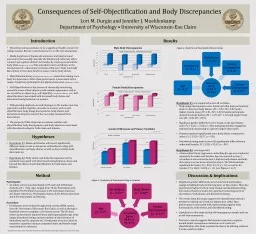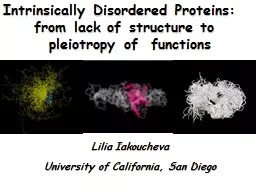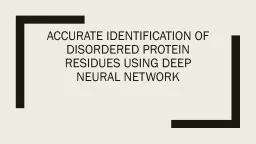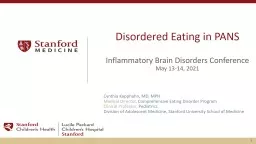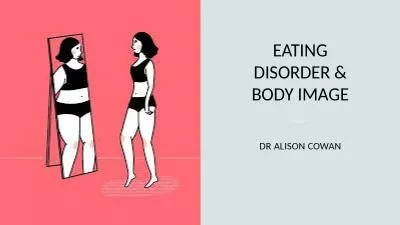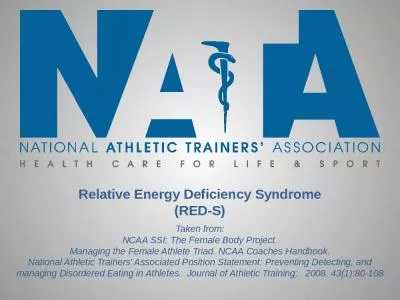PPT-Body Image Dissatisfaction and Disordered Eating
Author : olivia-moreira | Published Date : 2016-04-18
i n NCAA Division III Collegiate StudentAthletes Alyssa Yoder Christine McIntyre Stephanie Nelson Faculty Mentor Dr Mary La Rue Department of Kinesiology University
Presentation Embed Code
Download Presentation
Download Presentation The PPT/PDF document "Body Image Dissatisfaction and Disordere..." is the property of its rightful owner. Permission is granted to download and print the materials on this website for personal, non-commercial use only, and to display it on your personal computer provided you do not modify the materials and that you retain all copyright notices contained in the materials. By downloading content from our website, you accept the terms of this agreement.
Body Image Dissatisfaction and Disordered Eating: Transcript
Download Rules Of Document
"Body Image Dissatisfaction and Disordered Eating"The content belongs to its owner. You may download and print it for personal use, without modification, and keep all copyright notices. By downloading, you agree to these terms.
Related Documents




